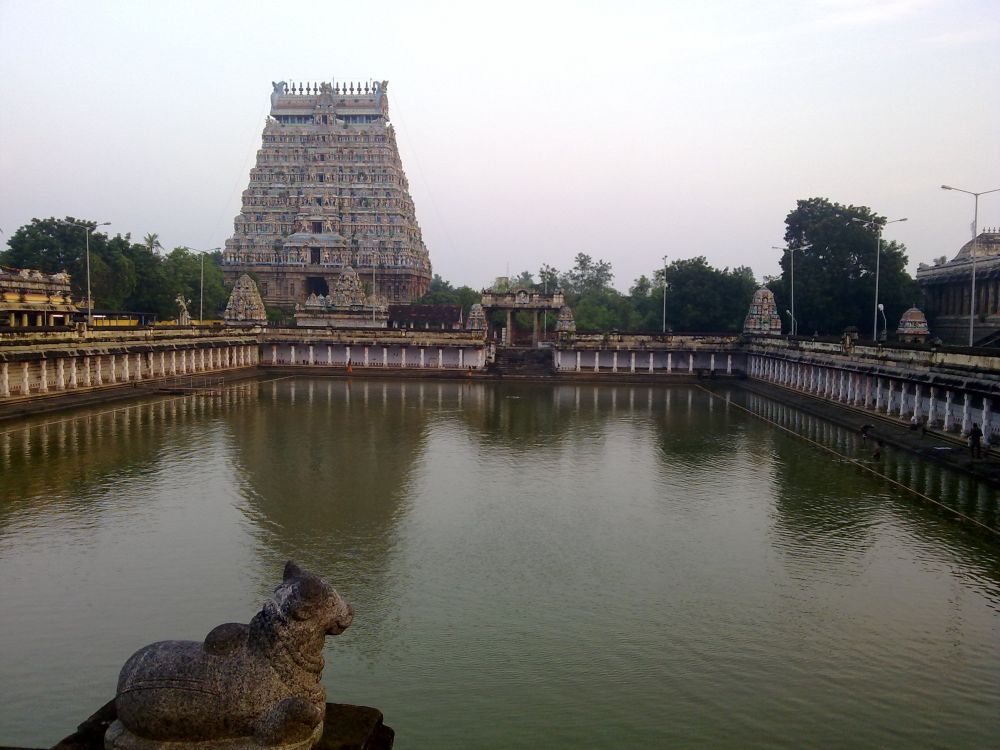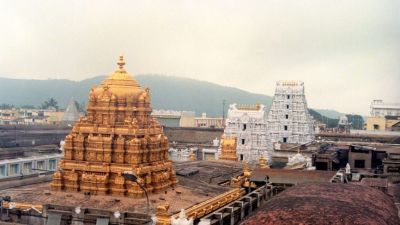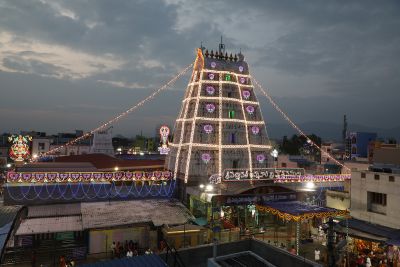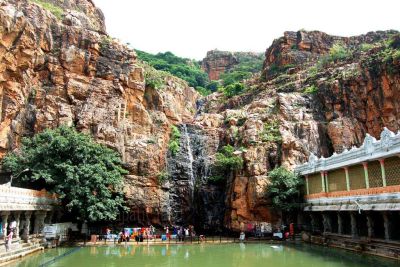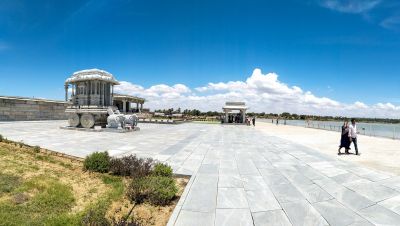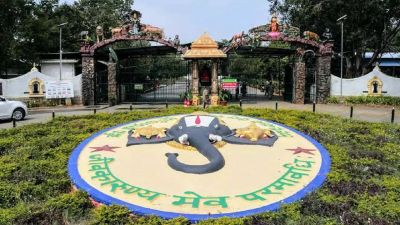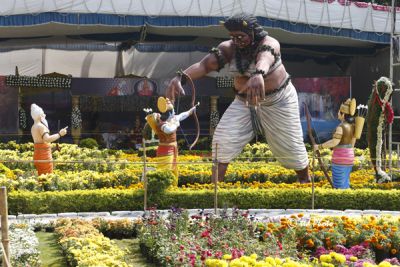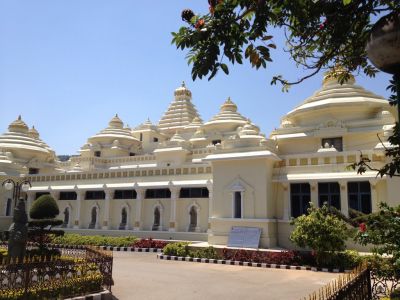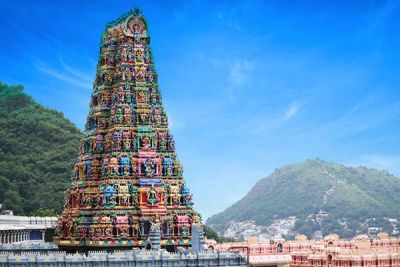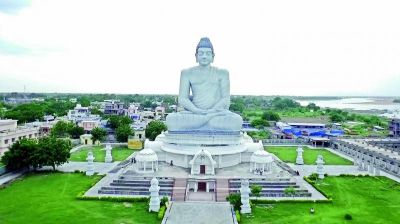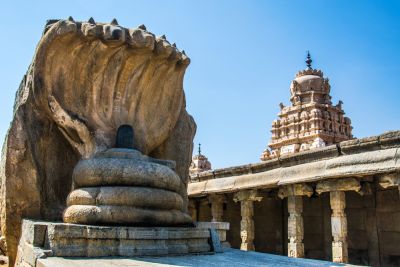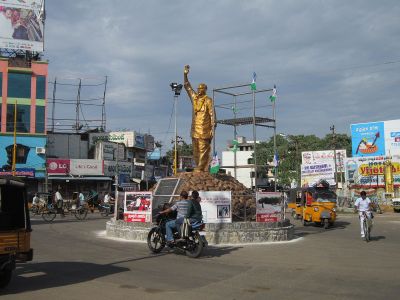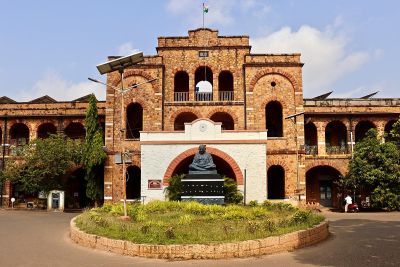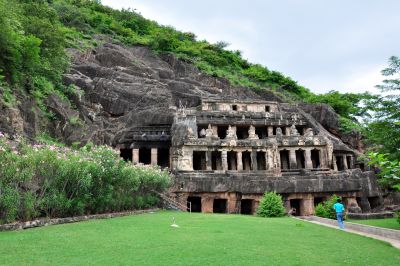Sri Govindarajaswami Temple, Tirupati – A Historical Edifice of India's Spiritual Tourism
Located in the heart of Tirupati, Andhra Pradesh, the Sri Govindarajaswami Temple is one of the most important historical temples in Southern India. The history of tourism surrounding this sacred temple is deeply intertwined with the rise of religious pilgrimages in India.
Historical Significance
The temple is known to have been consecrated by Saint Ramanujacharya in 1130 AD, though the region's history of spiritual significance predates this event. It has been a major center of Vaishnavism and has drawn countless devotees looking to pay homage to Lord Govindaraja - a form of Lord Vishnu. Over centuries, it has become a significant place not just for religious tourism but also for its architectural grandeur.
Evolution of Tourism
Initially, the temple attracted only the ardent devotees and scholars interested in the inscriptions and sculptures depicting the life and times of the historical period. However, as the modes of transportation improved and awareness grew, the temple started seeing a gradual increase in tourist footfall.
The establishment of the Tirumala Tirupati Devasthanams (TTD) marked a significant milestone in the organized promotion of temple tourism in Tirupati. The TTD has played a crucial role in facilitating the inflow of pilgrims through enhanced accommodation, food distribution, transportation, and ensuring the safety and security of visitors.
Temple Complex and Attractions
The Sri Govindarajaswami Temple boasts an impressive seven-storeyed 'gopuram' (tower), adorned with intricate carvings that are a testament to the ancient Dravidian architectural style. The temple complex houses many other shrines and halls, each with its own historical and religious significance. The annual festivals, such as Brahmotsavams, draw large crowds contributing to tourism.
Latest Tourism Trends
In recent times, there has been a surge in not only conventional religious tourism but also in cultural and heritage tourism. Visitors are interested in exploring the history, architectural techniques, and religious customs associated with the temple. The local government has also introduced initiatives like the Divya Darshan, which has streamlined the pilgrimage experience for visitors.
Furthermore, there is a growing trend of 'spiritual wellness' tourism, where visitors come seeking peace and spiritual rejuvenation. Various accommodations ranging from basic Dharamshalas to luxury hotels have sprung up catering to different segments of tourists, further facilitating the growth of tourism in Tirupati.
Conclusion
Today, the Sri Govindarajaswami Temple stands not just as a religious beacon, but also as a symbol of the dynamic and evolving nature of tourism in Andhra Pradesh. Through coordinated efforts in preserving the temple's sanctity and facilitating visitor access, Tirupati continues to be a premier destination for tourists seeking a blend of spirituality, culture, and history.
